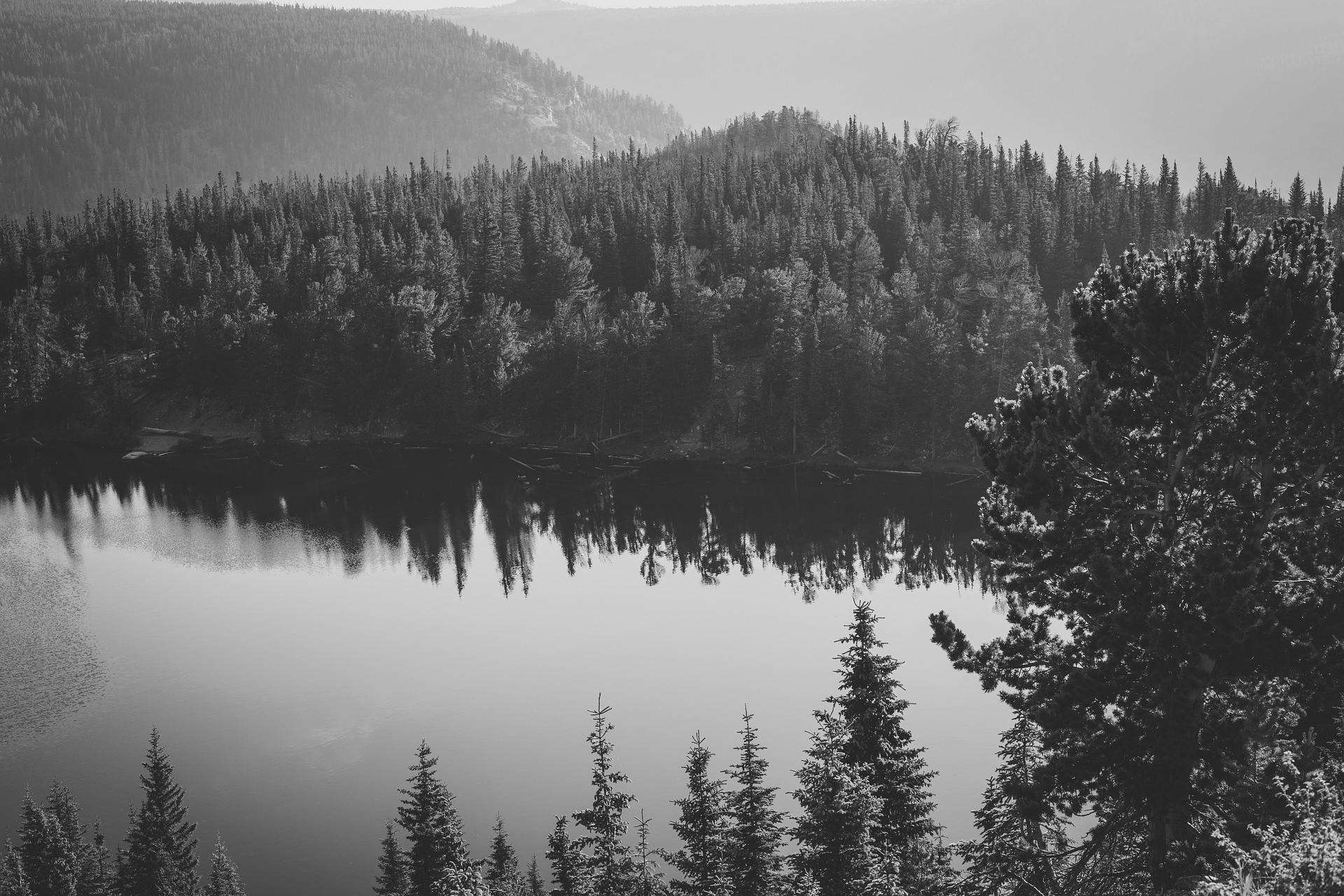Page 224, Press Photography in the Context of National Socialist Propaganda Means in the Reichsgau Wartheland
Page 224 > access to source at the UDK > Teilband 1 > Link
Translation of contents with the friendly permission of Verlag Dr. Kovač Hamburg.
Author information: Miriam Y. Arani
URN: https://nbn-resolving.org/urn:nbn:de:kobv:b170-17233
DOI: https://doi.org/10.25624/kuenste-1723
ISBN: 978-3-8300-3005-8
Publisher: Verlag Dr. Kovač
Place of publishing: Hamburg
Document type: Book (Monograph)
Language: German
Year of completion: 2008
Publishing Institution: Universität der Künste Berlin
Date of release: 23.02.2022
GND keyword: Wartheland; Poland – people; Germans; photography; self-image; foreign image; Wartheland; Polen – Volk; Deutsche; Fotografie; Selbstbild; Fremdbild
Page number: 1014
License (German): No license – copyright protection
From Chapter III: National Socialist Press – Reichsgau Wartheland
[…] 2. Press Photography in the Context of National Socialist Propaganda Means in the Reichsgau Wartheland
Compared to other areas of photographic application, the special feature of press photographs lies in their journalistic news value, topicality, and a mass communicative duplication. In the media landscape of the time, press photographs were the most up-to-date news images and they were created with the help of an imaging process that was considered objective. [170] Only through their reproduction do press photographs acquire a mass media function and public relevance. An original contemporary paper print can only be in one place; the circle of viewers is limited to a micro-social field. Only mass reproduction catapults a photograph to a macrosocial level of communication and causes the photographic image to penetrate the public sphere and social consciousness. Through mass reproduction, the notoriety of an image expands spatially far beyond the location of the original photographic image (negative and first prints). The purpose of a press photograph is to communicate pictorial news to a wider public.
A decisive intervention by the National Socialist occupying power in the pictorial coverage of the territory of the Reichsgau Wartheland from September 1939 to January 1945 was the exclusion of all Polish press photographers. Poles were completely excluded from the press here, although they formed the majority of the population in this administrative unit. For this reason, no press photographs by Polish authors from the region have survived from the period under study. The exclusion of Polish press photographers did not occur directly, but indirectly through several measures taken by the occupying power in various policy areas.
The photographic stocks examined included contact sheets and enlargements of press photographs and photographs of “German” press photographers from the Reichsgau Wartheland printed in the press. So far, no research has been conducted on the German press photographers in the western Polish territories annexed by the Germans in 1939-1945. In the empirically collected findings, the press photographs could be narrowed down relatively easily on the basis of external characteristics. As already described in more detail elsewhere, the external characteristics of the press photo prints of the time include, for example, image formats and captions standardized in a certain way. The two largest inventories of press photographs from the Warthegau that have been examined are the partially preserved photographic contact sheets of the NSDAP-Gaupresseamt in Posen [171] and the photographs from the Gau area published in the Ostdeutscher Beobachter from 1939 to 1945. This chapter outlines the general production conditions of press photographs legally produced under National Socialist rule in relation to the empirical findings collected. It examines the extent to which the photographs are propagandistic or not, and which images of the Germans of themselves and others were conveyed through the press photographs.
The findings from press photographs allow us to say that since the beginning of the war in 1939, all of the pictures – largely independent of the personal political dispositions of the individual press photographers – propagated a consistently positive self-image of the “Germans” and, at the margins, a negative external image of the “Poles. What is of interest here is which production conditions led to this homogenization and how the positive self-image of the “Germans” and the negative foreign image of the “Poles” were shaped in detail.
[…]
—
[170] Equally true-to-life and, moreover, moving technical news pictures were provided by the film newsreels, but since they changed only on a weekly basis, they had less topical value than the press photographs in the daily press.
[171] Part of the stock is in the West Institute (Instytut Zachodni), another part in the Museum of the City of Poznan. See also the list of surviving contact sheets of the NSDAP-Gaupresseamt Posen in the appendix.
